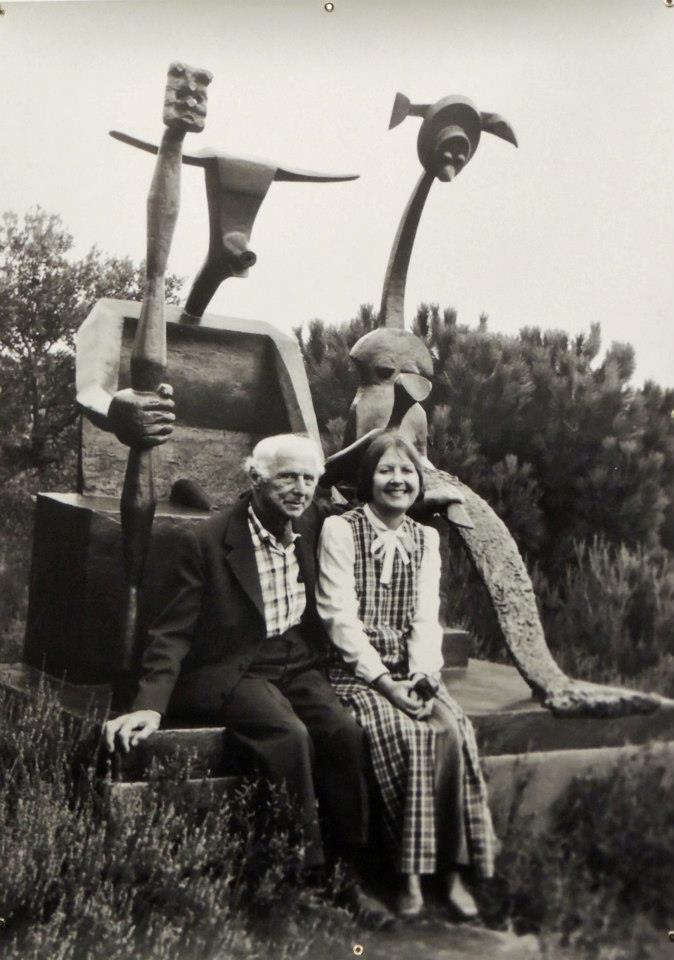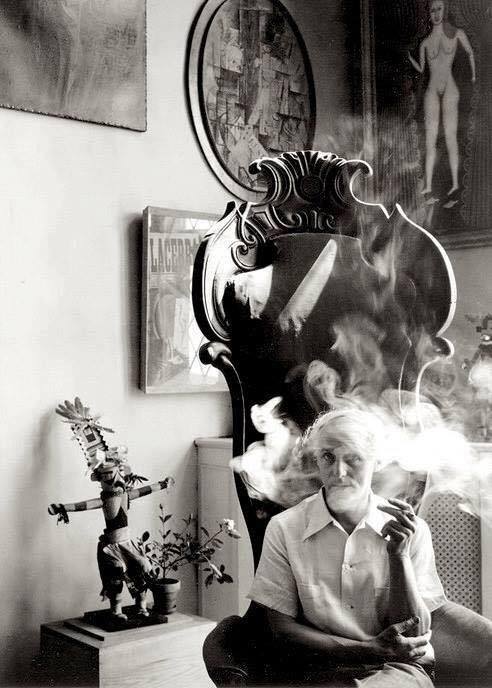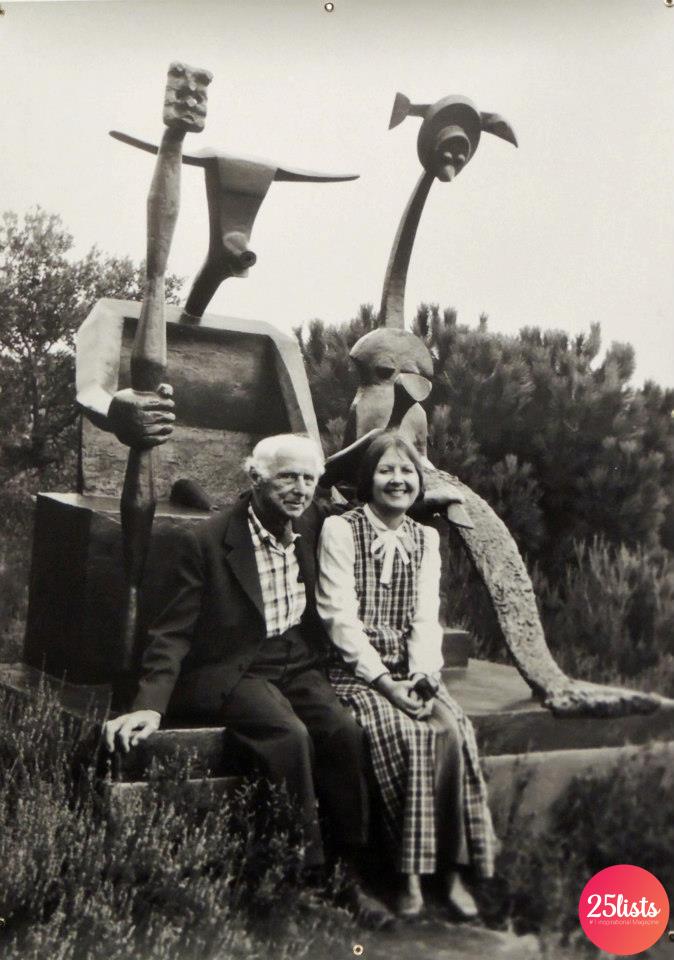Recognized today as one of the major exponents of surrealism he managed to be recognized through the painting techniques of grattage and frottage. Let’s discover the story of the artist Max Ernst.
Who was Max Ernst
Max Ernst (Brühl, 2 April 1891 – Paris, 1 April 1976) was a German sculptor and painter.
It grows in a small town not far from Cologne with the father painter and the mother. After his compulsory studies he enrolled in the Philosophy Faculty of the University of Bonn with the desire later to approach the field of psychology as well.
However, he understands that his world is directed towards art and so in 1912 he founded together with August Macke the “Das Junge Rheinland” a group of artists. It begins in these years to exhibit his first works also knowing some great artists such as Hans Arp.
The beginning of the artistic career and Dadaism
Decide to move to Paris and took part in the First World War managing to devote himself to painting despite military service.
In fact, he subsequently succeeds in exhibiting at the “Der Sturm” gallery which also inspires him in the drafting of his critical essay “On the evolution of color”. Once back in Germany he marries Luise Strauss and discovers the painter Giorgio de Chirico who leads him to make his lithographs.

It subsequently approaches the Dadaist current founding the dada group “W / 3 West Stupidia” with Johannes Theodor Baargeld. The two also wrote in the magazine “Der Ventilator” and “Bullettin D” making themselves known and thus organizing the first exhibition of the group in Cologne.
The approach to surrealism and the stay in the USA
In his second period in Paris he manages to do it know from numerous experts which allow him to exhibit at the “Galerie Au Sans Pareil”. He met numerous exponents of surrealism including André Breton and Paul Éluard with whom he created “Les malheurs des immortales” and “Répétition”. Through his journey to the East he manages to renew himself through the frottage, a technique that includes bas-reliefs on parchment.

In 1930 he succeeds in collaborate with Salvador Dalì and Buñuel for the making of the film “L’age d’or”. In the following decade, however, he left for the United States where he took part in numerous initiatives related to experimentation of new artistic forms. His stay in the new continent also allows him to meet Peggy Guggenheim and Dorothea Tanning, two very important women in his life.

